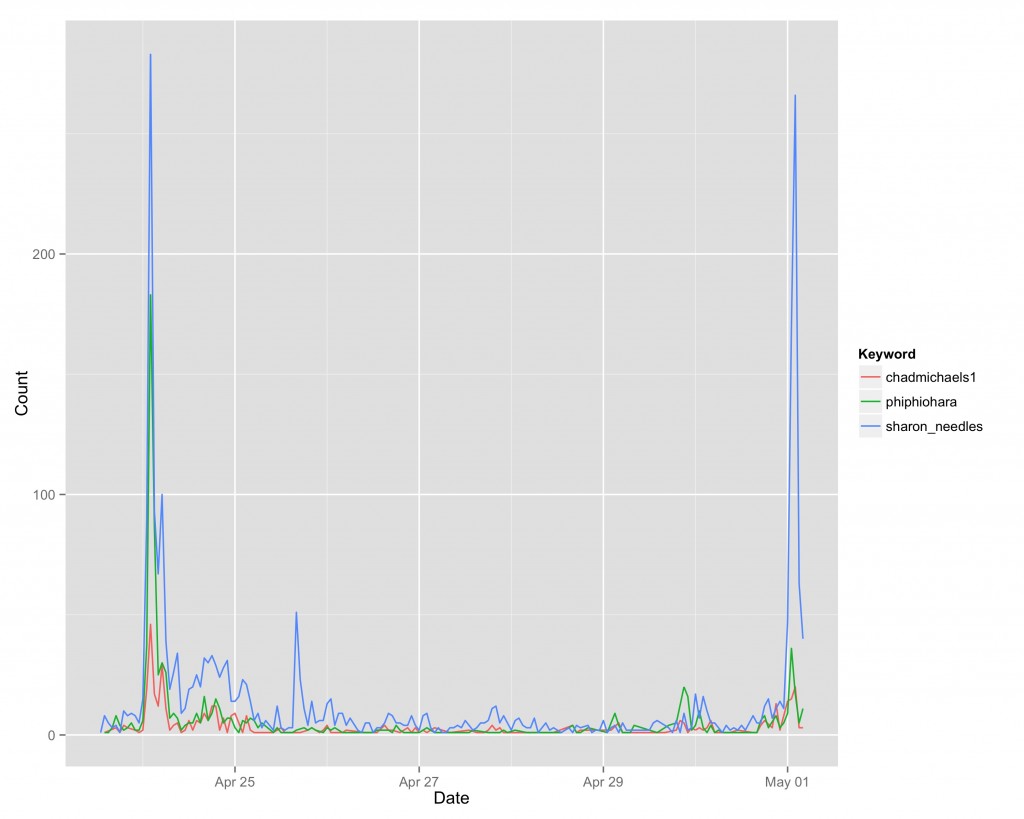Benjamin Lind and I have spent the last week and a half teaching at the Social Network Analysis Summer School at HSE-St. Petersburg. We’ve had about 30 students coming from as far as South Africa and Sweden, with all levels of skill and many different research interests, and have had the pleasure of teaching with some great instructors from around the world as well. If you are getting inquisitive for more info – keep reading, it gets exciting. You can read the backchannel chatter the #SNASPb2013 hashtag
I ran two labs on collecting network data from various Internet sources with Python. The first is a mashup of some of my prior workshops on collecting Twitter data via the API, and drawing network data through user mentions. The second shows how to retrieve network data by crawling blogs.
Technology-wise, it was my first time using a cloud service (Amazon EC2) and iPython Notebooks for teaching purposes. A few observations into EC2 for teaching: the t1.micro server level is not quite powerful enough to handle ~30 students running parsing of JSON or scrapy. So you’ll have to up the juice, otherwise. I found iPython Notebooks to be great, though — code highlighting and execution, LaTeX typesetting, and Markdown makes it a winner in my book.
I also put the code for each lab on GitHub: hse-twitter and hse-scrapy. Would love any contributions to these small scripts, especially the scraping code.


